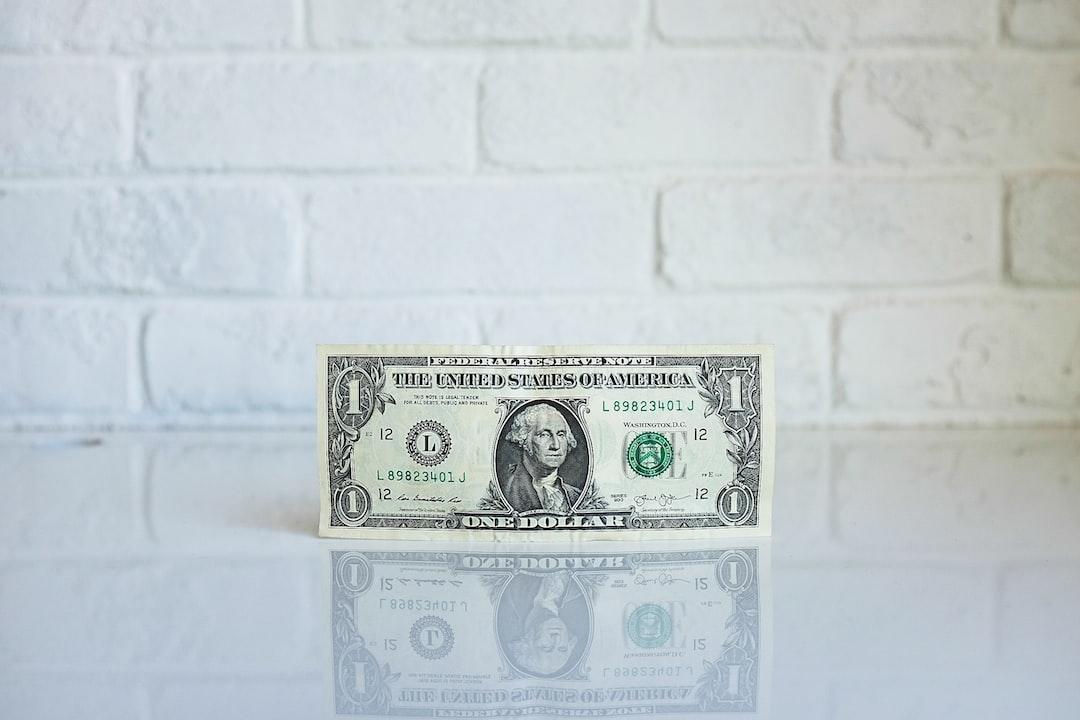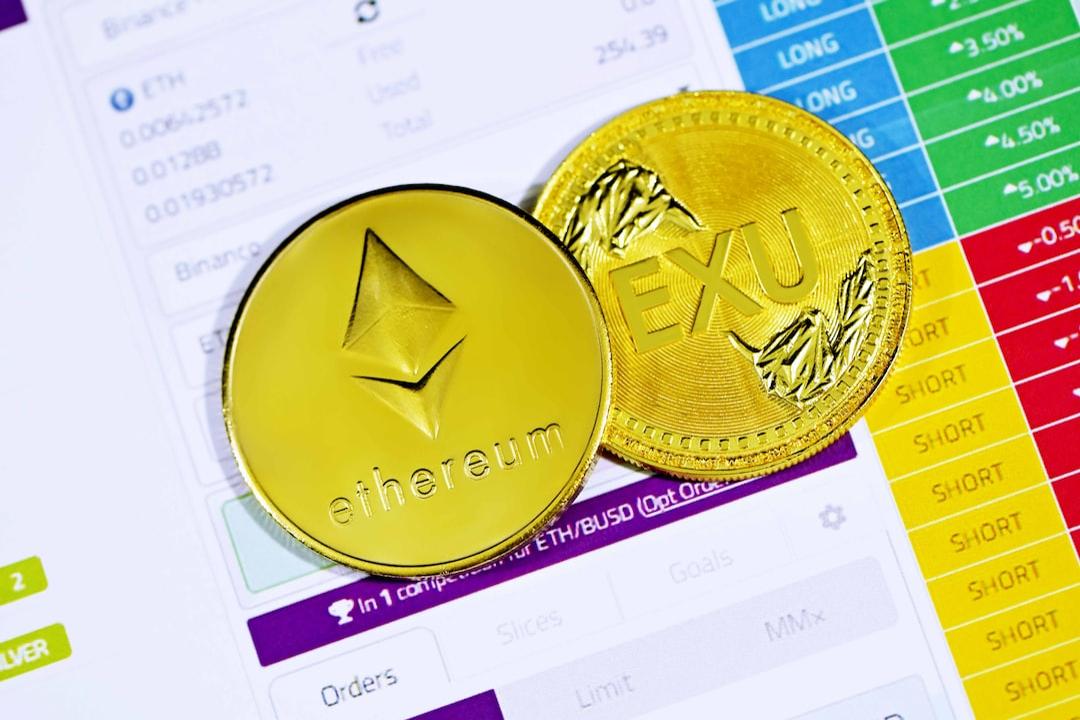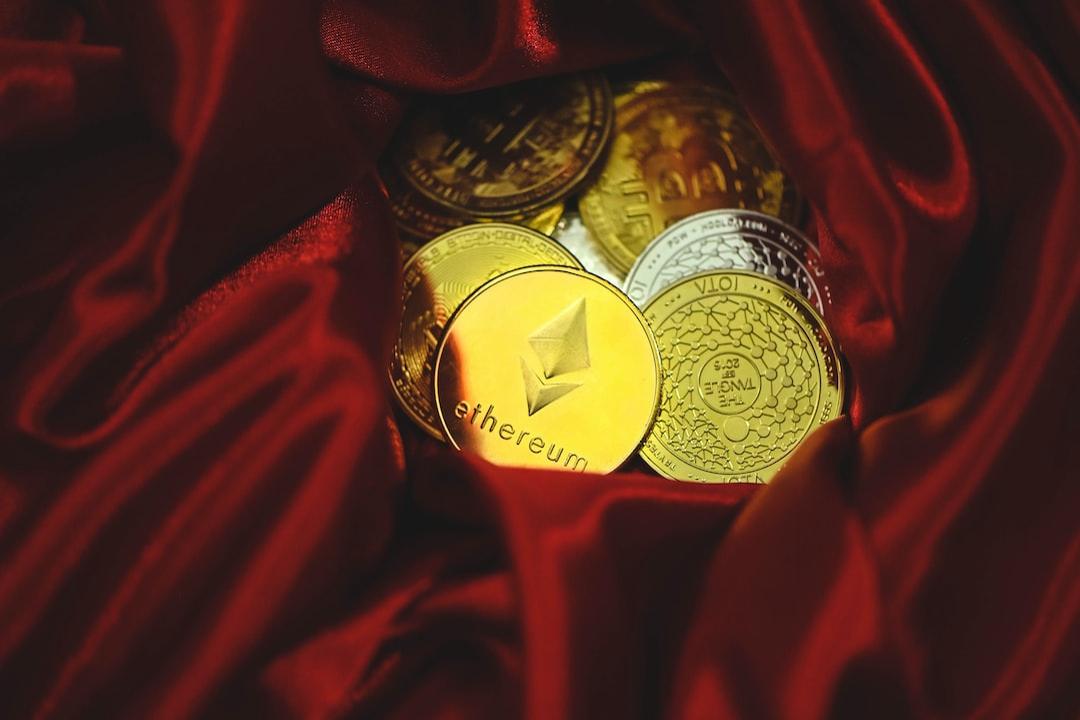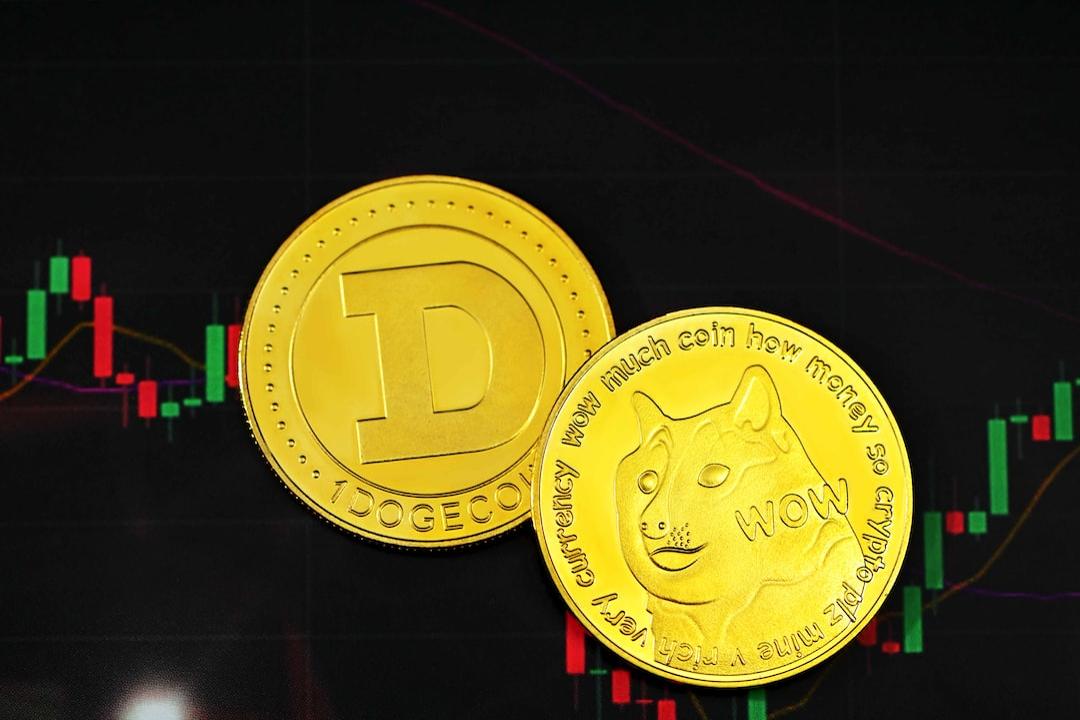On the Path of Investment and Finance, “Self-Delusion” is Often the Greatest Enemy
Professional risk manager Santisa recently shared profound reflections on the social platform X, reminding traders that only through precise record-keeping and rigorous benchmarks can they truly assess investment performance and make more rational financial decisions. This article is not just an investment suggestion but also a lesson in self-awareness and honest dialogue regarding financial management.
https://t.co/huFS8by7R7
— Santisa (@Tiza4ThePeople) May 13, 2025
The Common Blind Spot Between Investment and Fitness: People Often Overestimate Themselves
Santisa, in a lengthy article titled “Stop Self-Deceiving: How to Set Benchmarks for Your Investment Portfolio,” draws from his ten years of investment and three years of fitness experience to reveal that people can fall into the “feel-good” trap in both areas. He admits that he once tried to beautify investment data, ignored wear and transaction fees, and even underestimated the caloric intake of a piece of cake while overestimating the effects of gym workouts; these behaviors reflect a psychological avoidance of failure and imperfection.




The Cost of Illusory Victory: Not Every Profitable Trade is a Good Trade
A conversation with a friend highlights the blind spots of many investors. When the other party boasts a 12% return without comparing it to the S&P 500’s 25% increase that year, they have actually taken on higher risk without generating any excess returns. Santisa points out: “If investors do not have an appropriate benchmark, they cannot understand whether their risk-reward ratio is reasonable, ultimately falling into self-hypnotic optimism.”
Recording and Comparing: How to Truly Assess Investment Performance?
In this regard, Santisa advises investors to meticulously record every investment’s returns, cash flows, and expenses, and to clearly differentiate personal net worth from investment portfolios to avoid interference from income and expenditures. When choosing benchmarks, it should also vary by asset type: “Stocks can be compared to SPY or QQQ, while cryptocurrencies can refer to BTC or ETH.” Measuring performance should not rely on intuition but rather through strict comparisons to understand the truth. He adds, “More cautious investors can set Beta values for their target investments to measure their volatility and performance against specific tokens.”
What to Exchange for Risk? Understanding Real Returns Through the Sharpe Ratio
To determine whether the risks are worthwhile, Santisa introduces the “Sharpe Ratio” as a measurement standard, serving as a key indicator that considers asset returns, volatility, and the risk-free rate: “If the return rate cannot compensate for the risks brought by volatility, then the investment strategy has no execution value.” He uses the lending protocol AAVE as an example, emphasizing that in the DeFi world, one must also consider protocol risks, stablecoin risks, cross-chain risks, and other compounded risks, setting a minimum “required return threshold.”
Honesty as a Shield for Long-term Investment Survival
The temptation of high returns is like a mirage. Santisa notes that a product promising a 20% return once tempted him, but ultimately he chose to exit based on risk benchmarks, successfully avoiding disasters like the collapse of Terra (UST). He emphasizes: “Rationality and discipline are the fundamentals for long-term success in investing.”
Final Thoughts
Santisa concludes by quoting Fyodor Dostoevsky, reminding investors that if they wish to achieve success in investing, they must courageously confront performance and risk without evasion or embellishment: “If a person cannot be honest with themselves, they will lose their ability to judge the truth of the outside world.”
Risk Warning
Cryptocurrency investments carry a high level of risk, and prices may be subject to significant volatility, potentially resulting in a total loss of principal. Please assess risks cautiously.

